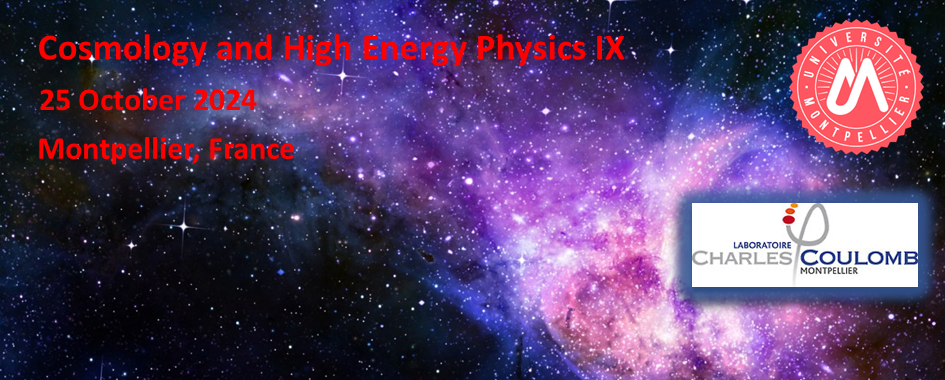
|
|
|
AbstractsKhalil Bendriss Mock modularity of Calabi-Yau threefolds Counting black hole microstates is a cornerstone for any theory of Quantum Gravity. We address this problem for D4-D2-D0 BPS black holes in type IIA string theory compactified on a compact Calabi-Yau threefold with b2 = 1. The BPS indices for these black holes coincide with rank 0 generalized Dondalson-Thomas invariants, and their generating functions hn(τ) with fixed D4-brane charge n are known to be higher depth mock modular forms with a specific modular anomaly determined by hn'(τ) with n′ < n. We solve the anomaly equation for arbitrary n thereby reducing the problem of finding hn(τ) to fixing a holomorphic modular ambiguity, which in turn can be done by computing just a finite number of BPS indices. Our solution is constructed using indefinite theta series on an extended charge lattice and can be viewed as a non-trivial generalization of (normalized) generating functions of Vafa-Witten invariants.
Philippe Brax Screening long range interactions and early dark energy I will present axio-dilaton models where the axion helps screening the long range force mediated by the dilaton whilst acting on cosmological scales as early dark energy. The cosmology of the model will be spelt out.
Alexey Milekhin Sachdev-Ye-Kitaev model: from statistical mechanics to anti-de Sitter and de Sitter holographies I give an overview of the Sachdev-Ye-Kitaev model. Despite the simplicity of its Hamiltonian, it displays very rich physics with applications in both statistical mechanics and quantum gravity. At the end of my talk I will present a novel connection between this model and de Sitter space-time, which closely resembles our own Universe.
Patrick Peter Non gaussianities from a gaussian theory Cosmological perturbations are usually quantized and set in a vacuum initial state, leading to a gaussian distribution as is currently measured. This is the case at least when the background evolves classically following Einstein equations. What about quantizing the background as well? By doing so, one may get various interesting consequences. First, the universe naturally avoids the classical singularity, but then, which universe are we talking about? Assuming it corresponds to a state in a Hilbert space, it becomes possible to consider interferences between such states… in other words, taking seriously the quantumness of gravitation, one may construct interfering universes! We then found that even in the simplest case of two gaussian universes, one gets a non trivial trispectrum, i.e. non gaussianities.
Valentin Reys M-theory, gauged supergravity and holography I will review recent progress in using holography to shed light on quantum corrections to the effective action of M-theory compactified on seven-dimensional Sasaki-Einstein spaces. This approach is based on powerful supersymmetric localization techniques in the boundary field theory which can be translated to the bulk 4d gauged supergravity theory, allowing us to propose a corrected prepotential that encodes higher-derivative corrections to the leading Einstein-Maxwell action. Upon considering a certain limit in the internal space, we are also able to predict the full perturbative part of genus-g free energies in Type IIA string theory on asymptotically AdS4 space-times.
|

